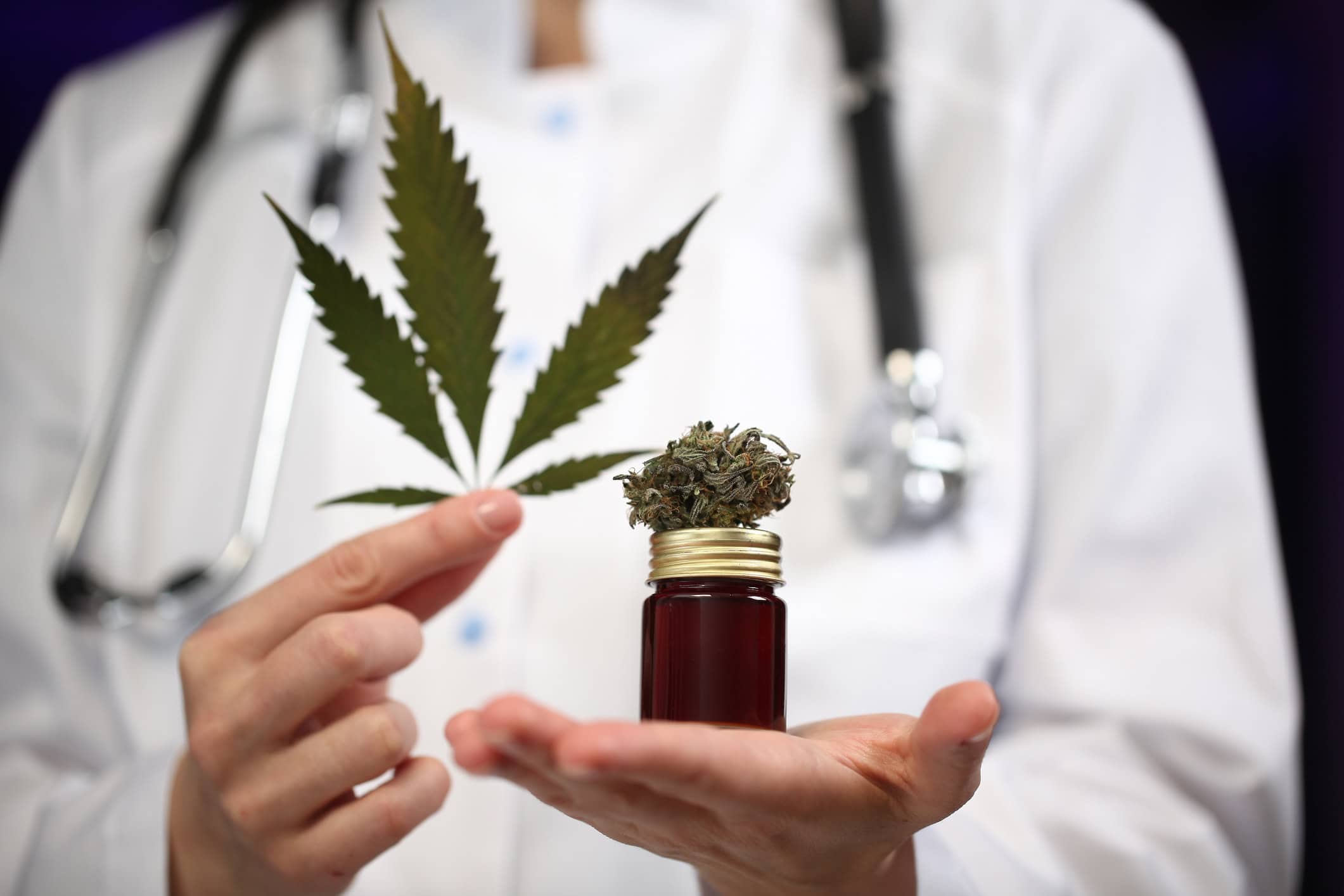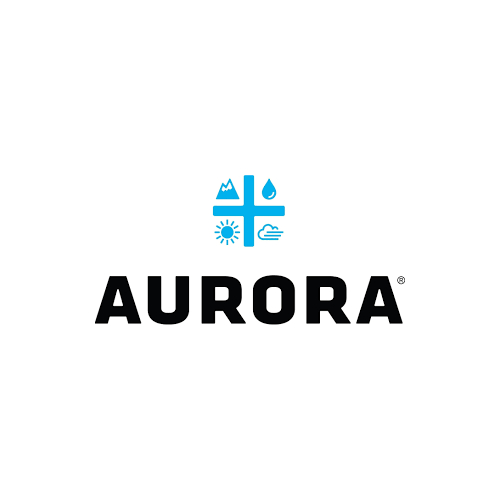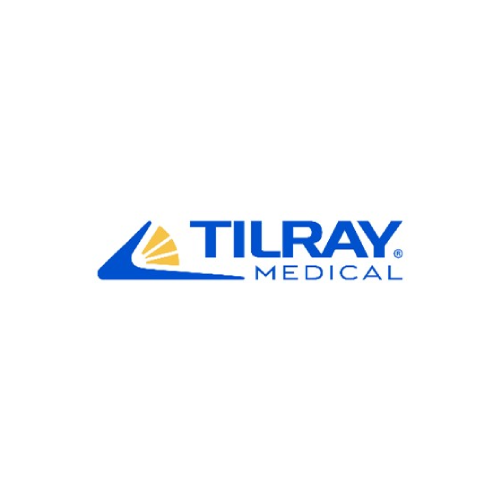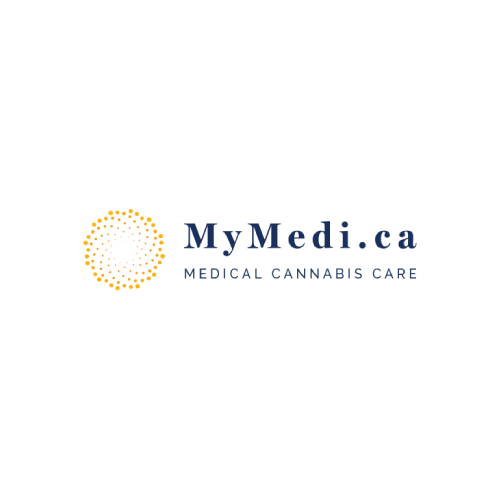Cannabis contains more than 500 natural chemical compounds, including 113 cannabinoids. Their therapeutic effects can be amplified or modulated depending on a product’s composition. Understanding their key differences is crucial to personalizing medical cannabis treatments according to your specific needs—maximizing efficacy while minimizing side effects.
Good to know: The chemical structure of cannabinoids is similar to endocannabinoids naturally produced by the body. Our endocannabinoid system plays many roles in the body, which is why cannabinoids can influence various aspects of health and well-being, such as weight management, body temperature, heart rate, mood, sleep, appetite, and more.
The Major Cannabinoids: THC and CBD
Among all cannabinoid types, only two are present in significant amounts in cannabis: THC (tetrahydrocannabinol) and CBD (cannabidiol).
1. THC
The most well-known phytocannabinoid, THC, is primarily responsible for the intoxicating and psychoactive effects of cannabis, which create euphoria or a “high.” Its other effects give it broad therapeutic potential:
- Analgesic
- Anti-inflammatory
- Antiemetic
- Sedative
- Antispasmodic
THC acts on the endocannabinoid system by temporarily replacing the body’s natural cannabinoids and binding to their receptors.
2. CBD
The second most recognized phytocannabinoid, CBD, is non-intoxicating at therapeutic doses. It does not cause a “high” like THC. CBD has many promising medical effects, which contribute to its therapeutic profile:
- Antiepileptic
- Anti-inflammatory
- Anxiolytic
- Pain reduction
- Antipsychotic
- Muscle spasm relief
- Calms nerve tissues
- May reduce THC’s psychoactive and behavioral effects when used together
CBD enhances or supports the body’s natural production of cannabinoids, explaining its diverse positive effects on the body.
Minor Cannabinoids
In contrast to the major cannabinoids, minor cannabinoids are found in smaller quantities in cannabis. However, they can influence the effects experienced by users. The most commonly used minor cannabinoids include CBG (cannabigerol) and CBN (cannabinol).
1. CBG
Often called the “mother cell” since other cannabinoids are synthesized from its acidic forms, CBG is non-psychoactive—it doesn’t produce euphoria and may even reduce THC’s psychoactive effects. Although present in small concentrations in medical cannabis, CBG has many potential therapeutic applications:
- Anti-inflammatory
- Neuroprotective
- Antioxidant
- Antibacterial and antimicrobial
- Appetite regulation
- Reduces intraocular pressure
- Anxiety and depression
- Chronic pain
- Glaucoma
- Inflammatory bowel disease (reduces inflammation and helps with nausea)
- Huntington’s disease (helps control muscle spasms and mood swings)
- Cancer (eases chemotherapy side effects)
2. CBN
CBN is a THC derivative formed when THC ages or oxidizes. It is not synthesized in the cannabis plant itself. This breakdown product is less psychoactive than THC and is particularly sought after for its sedative properties, making it potentially useful in treating insomnia. It has several other therapeutic properties:
- Sedative
- Relaxing
- Analgesic
- Anti-inflammatory
- Antibacterial
- Reduces intraocular pressure
- Appetite stimulant
Veterans: Treating PTSD and Chronic Pain
Medical cannabis can improve the quality of life for veterans by addressing various physical and psychological symptoms. CBG and CBN show promising potential for treating chronic pain and post-traumatic stress disorder (PTSD).
For more information about different cannabinoids or to begin your medical cannabis journey, don’t hesitate to reach out.







